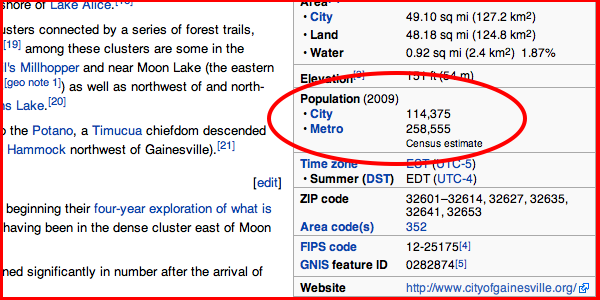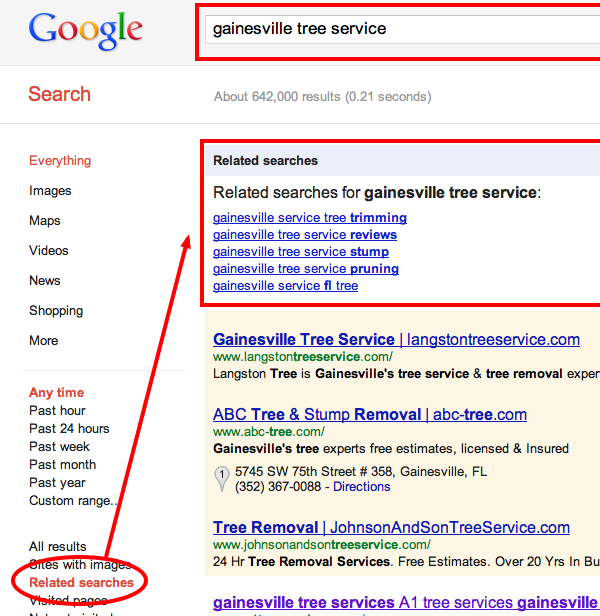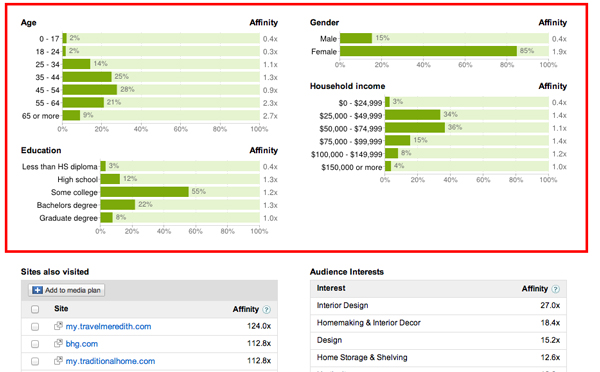So you have a business idea, huh?
Is it a good one? Will people buy it?
These are all questions that can be answered by doing a little market research. Of course, if you’re like most startups you probably don’t have a lot of money to spend on market research.
Luckily for us, there is plenty of information out there. We just have to know how to find the right information and how to go about processing it.
Here are a few free techniques I’ve used in the past to gain insight into whether or not I should develop a business idea.
Determine what you need to know
Before you try to gain any market insight, you first need to determine exactly what it is that you want to know about your potential customers.
In my last post on converting B2B leads into customers, I laid out a few “implicit” and “explicit” attributes that you’ll want to determine. If you plan to sell to businesses, you can start with trying to figure out some of those attributes. Open up a spreadsheet and jot down a few things that you’ll want to determine about your customer.
Here are a few general categories you’ll likely want to figure out about your target market:
- Demographics – These characteristics include traits such as race, gender, age, etc. If you aren’t actually selling your product yet, you will want to be very general here. Once you start collecting data you can narrow in on who is most likely to buy your product.
- Geographics – This is fairly straight forward. Geographics refers to the geographic location of your target market.
- Psychographics – These are the attributes that are likely to be the most important. Psychographics attributes refer to your target’s lifestyle, personality, values, etc. Again, once you start collecting data you will be able to form a more accurate picture of your target market.
Identify the demand
 Before making any assumption, my first response would be to get an idea of how much demand there actually is for a particular business idea. Let’s consider a friend of mine who owns a Gainesville tree service.
Before making any assumption, my first response would be to get an idea of how much demand there actually is for a particular business idea. Let’s consider a friend of mine who owns a Gainesville tree service.
After punching in the likely keywords into Google’s Keyword Tool, we can see that the results are some what typical of a local business. Regardless of what this data actually says, we’ll want to compare it to the population as a whole. I like to do this just to get a better picture of what’s going on.
 According to wikipedia, the metro population for Gainesville in 2009 was about 258,555. If we do the math, we can see that a relatively small portion of the population is searching for a tree service in Gainesville each month.
According to wikipedia, the metro population for Gainesville in 2009 was about 258,555. If we do the math, we can see that a relatively small portion of the population is searching for a tree service in Gainesville each month.
The question for us, however, is “does this make sense?”….sure it does.
Spot and understand any trends or similarities in demand
 My next step would be to identify any buying patterns within the target market.
My next step would be to identify any buying patterns within the target market.
To do this I would simply use Google’s Insight for search tool and punch in “Gainesville Tree Service”. Of course, since the term doesn’t generate much traffic I would need to type in “tree service” instead.
Right away we can spot a few obvious trends:
- Steady Increase in demand – as you can see, the demand for tree services have steadily risen year after year. This is a good thing. You always want to participate in a growth industry rather than an industry that’s in decline. The question we should try to answer, however, is what’s causing the steady increase in demand?
- Seasonality – there’s also a very obvious seasonal trend to this particular business. In this case, it’s most likely due to the weather patterns. However, if you spot a seasonal trend, you need to make sure that you determine why it’s happening. Try to determine ways that you can exploit the reason behind the seasonality. Also, consider how to best spend your marketing dollars to get the most “bang for your buck”.
 Next, go to Google and type in your search phrase. On the left, click on “related searches”.
Next, go to Google and type in your search phrase. On the left, click on “related searches”.
As you can see, Google displays search phrases that it considers similar to your initial search phrase. Even if this technique doesn’t generate much useful insight, it’s not going to at least give it a try. Whatever information Google pops up, try to use it to gain insight on your target market.
A few questions come to mind when I look at these specific related searches:
- Since “trimming” and “pruning” show up, does this mean that customers are interested more in maintenance type services than removals?
- People are actually searching for “tree service reviews”? Does this mean they are very conscious about who they let work for them? Should I include testimonials on my website?
Develop a rough sketch of your demographics
 As I mentioned before, if you haven’t been collecting any data, you won’t be able to put together a very accurate picture of your target market.
As I mentioned before, if you haven’t been collecting any data, you won’t be able to put together a very accurate picture of your target market.
However, that doesn’t mean that you shouldn’t at least form a basic understanding of your target market.
To do this, simply use Google Ad Planner and type in the website of a large competitor. If you’re lucky, you’ll get something that looks like the data above.
A few notes on this technique:
- Be smart about which “competitor’s website” you compare with. For example, I typed in the url for Better Homes and Gardens. While that site certainly has a lot to do with outdoor activities, are customers really interested in that? Or are they simply too busy to service their trees?
- At the bottom of the diagram above you can see “sites also visited” and “Audience interests“. If you’ve selected a good site to compare with, this information should provide exceptional value as well.
Conclusion
At the end of the day, business is human.
In order to have a successful business you need to first have a solid understanding of your customers. Once you’ve mastered that, it’s as simple as keeping your customer acquisition costs lower than your customer lifetime value. In simple terms….make more than you spend.
For those of you who have experience bootstrapping a startup, what are some ways you’ve been able to conduct market research?
Thom Holland is the co-founder and CEO of Beckon. Connect with him on Twitter at @ThomHolland.




